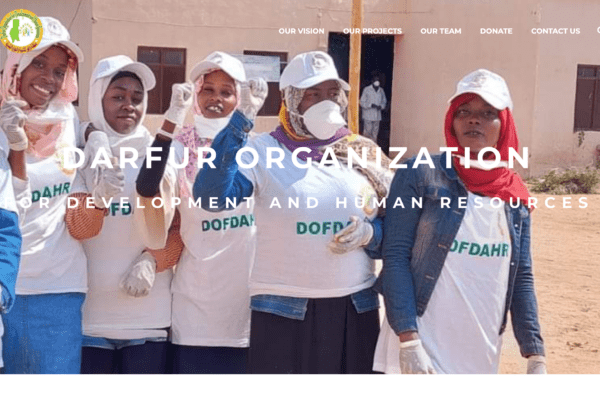SharePoint 2010 to Office 365 migration
Agriculture body gains more value from its intranet through Office 365 migration
egforit Software helped this agricultural board modernise its staff intranet via SharePoint 2010 to Office 365 migration.

Executive brief
Agricultural intranet modernisation
Our client is a statutory board representing over 70 percent of the Egypt , middle east agriculture sector. egforit Software carried out a SharePoint 2010 to Office 365 migration of the board’s staff intranet. The key outcomes of this SharePoint content migration were:
no more upgrades required
reduced IT expenditure
intranet access everywhere
full staff intranet adoption
Wondering how the board achieved this through SharePoint content migration? Read on to learn more.
The full story

The challenge
SharePoint upgrade was overdue
At the time of this project, the agricultural board was using a SharePoint 2010 intranet, hosted on-premises. But with SharePoint 2010 end of life looming, the board saw it was time for a SharePoint migration.
Around half of the board’s 400 staff used the SharePoint 2010 system. The intranet’s main functions were central document management and project management. Overall, the intranet contained around 160GB of content in 11 site collections. This content included custom SharePoint Content Types and SharePoint Web Parts.
Rather than stay on-premises, the board decided to migrate SharePoint 2010 to Office 365, in the cloud. But without in-house knowledge, the board needed a team of SharePoint experts to make the migration a success.
The solution
SharePoint 2010 to Office 365 migration
Phase one: SharePoint audit
The complexity of the board’s intranet content required a phased approach. In the first phase, we carried out a full intranet inventory and audit. The use of automated tools and PowerShell scripts helped us rapidly analyse the intranet and produce a report detailing:
- custom solutions
- workflows
- content types
- site columns
- permissions
- user alerts
- users and groups
- large lists or libraries
- UI customisations
- organisational branding
With this understanding of the existing system, we were able to successfully plan the upcoming SharePoint content migration.
Phase two: SharePoint preparation
In the second phase we cleaned up the content to be migrated and prepared the new Office 365 intranet. This process consisted of:
- finding and removing “orphaned users”
- removing empty SharePoint Groups
- putting users with explicit permissions back into Groups
- deleting unused content types, site columns, and workflows
- identifying sites that were no longer needed
- finding large site collections for break-up into smaller ones
- removing unwanted versions from version history
- reorganising lists and libraries with too many columns
- rethinking and reorganising very large lists
This clean-up ensured the new intranet would be well-structured from day one.
Phase three: SharePoint content migration
In the final phase, our engineers built a cloud-based SharePoint system with the agricultural board’s fonts, logo, and colour scheme.
Once the new system was set up and configured correctly, it was time for the SharePoint 2010 to Office 365 migration. We achieved this with Metalogix Content Matrix, a powerful SharePoint content migration tool. This software enabled us to achieve a faster, less risky, and more transparent migration.
The benefits
Future-proof intranet achieved
The key benefit of this SharePoint on-premise to Office 365 migration was the freedom from further upgrades. Based in the cloud, SharePoint Online is entirely maintained and updated by Microsoft. This supported the agricultural board’s goals of cutting IT costs and providing better value for its stakeholders.
In summary, the organisational outcomes of this migration were:
- no more costly maintenance of on-premises SharePoint servers
- the flexibility to adopt a hybrid strategy for organisational data
- a streamlined intranet with unused content and users removed
- higher staff adoption thanks to accessibility on all devices, everywhere
Choose Office 365 migration specialists
From agricultural software to online banking, from climate reporting to logistics platforms, we serve every sector. Find out more on our portals page.


